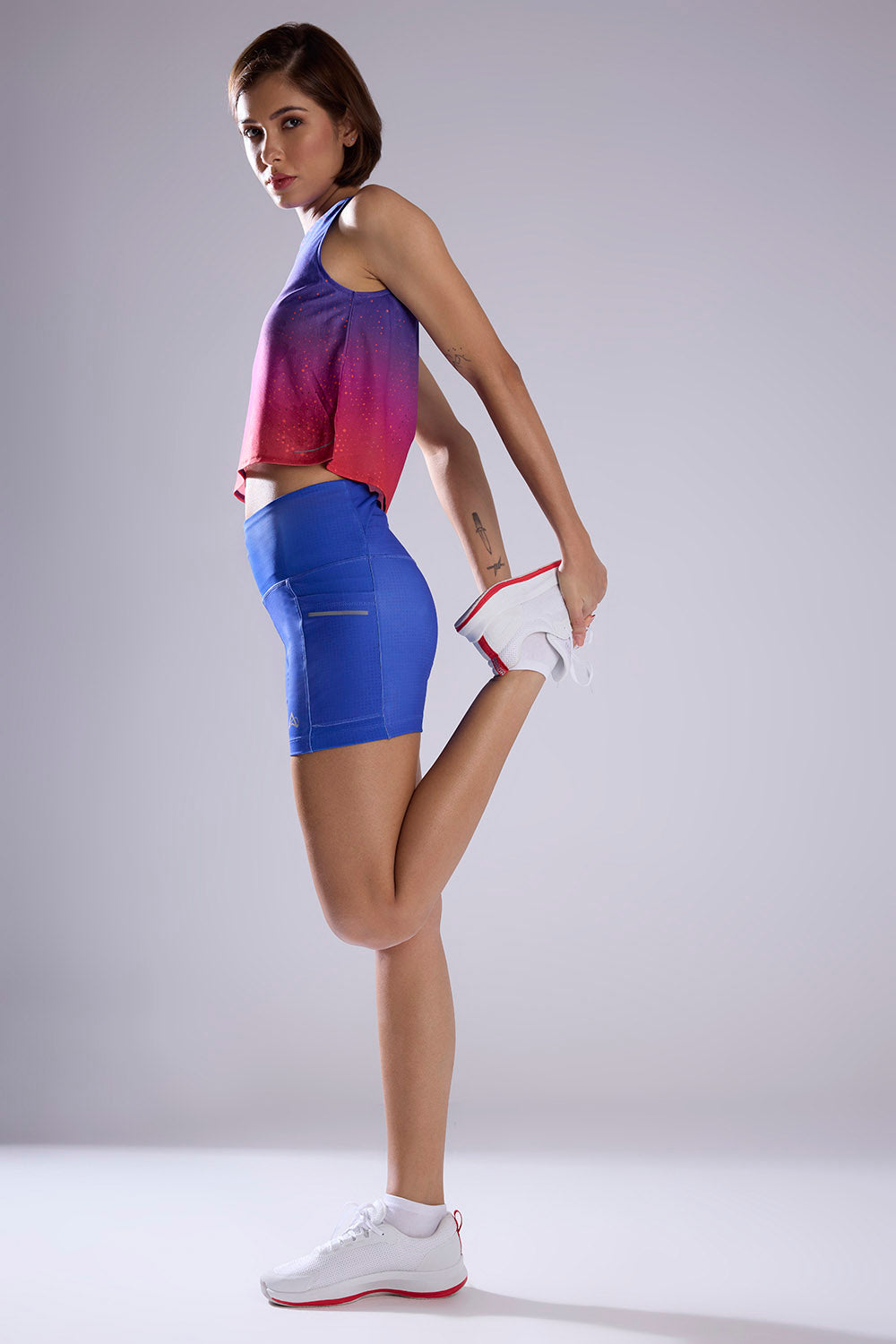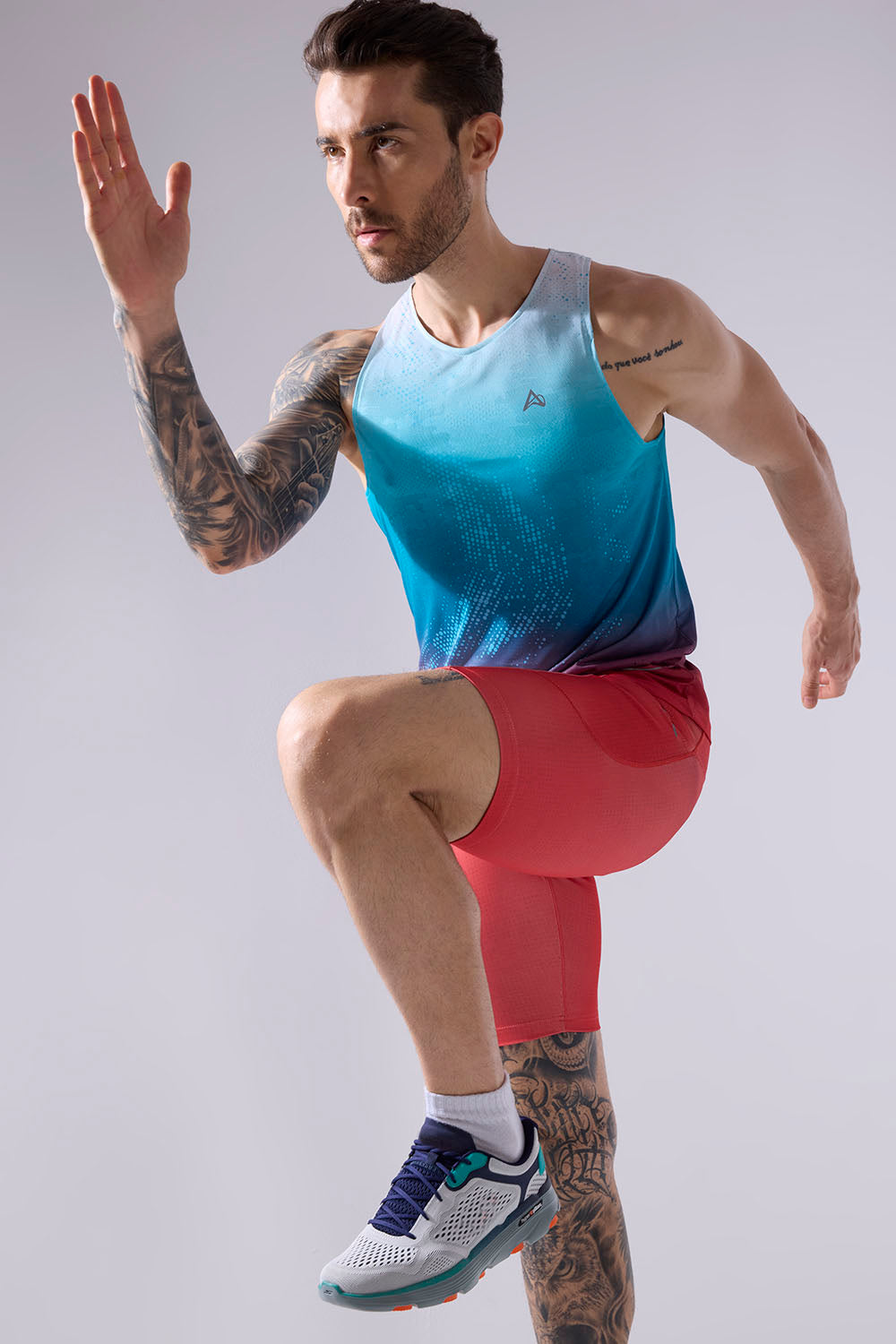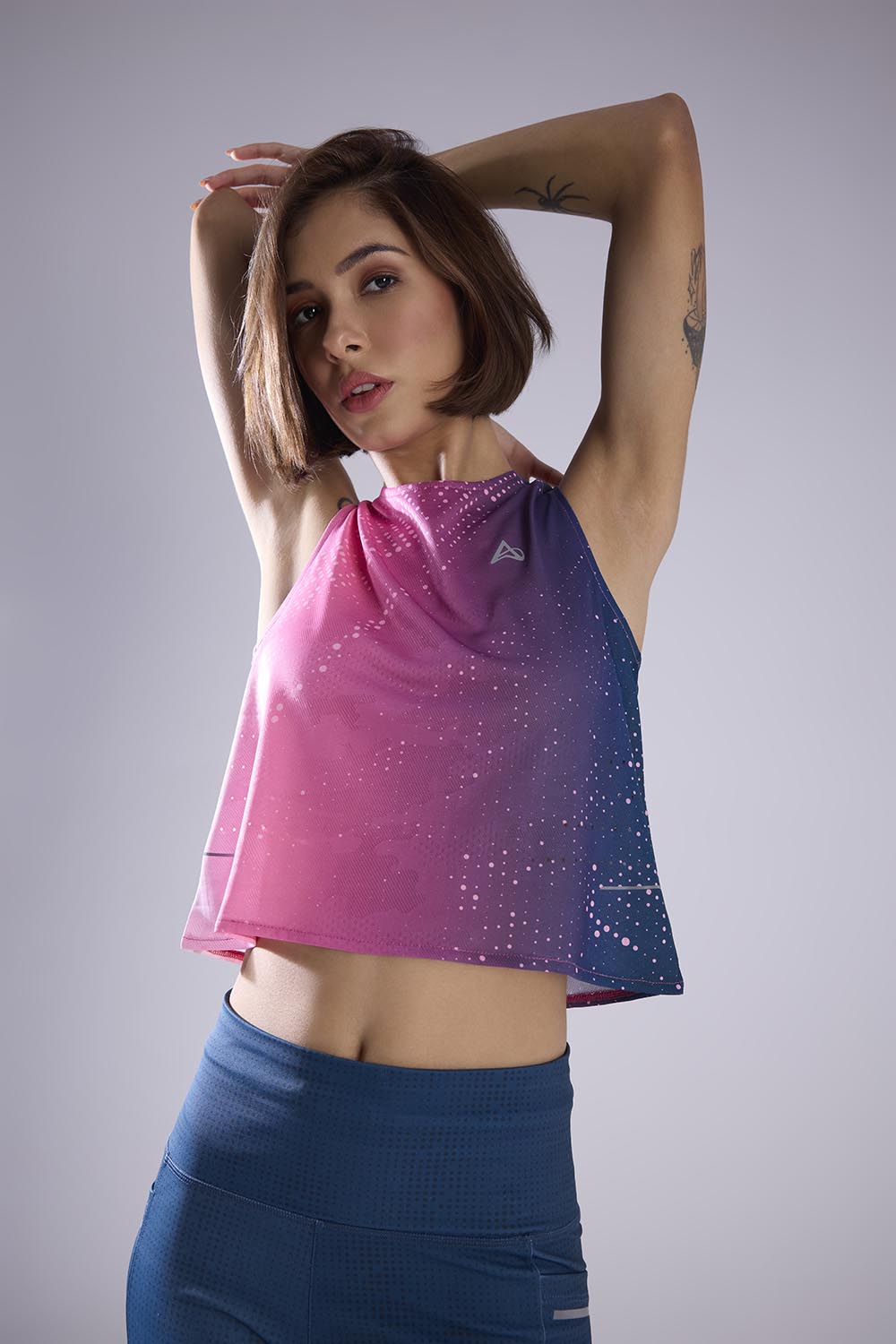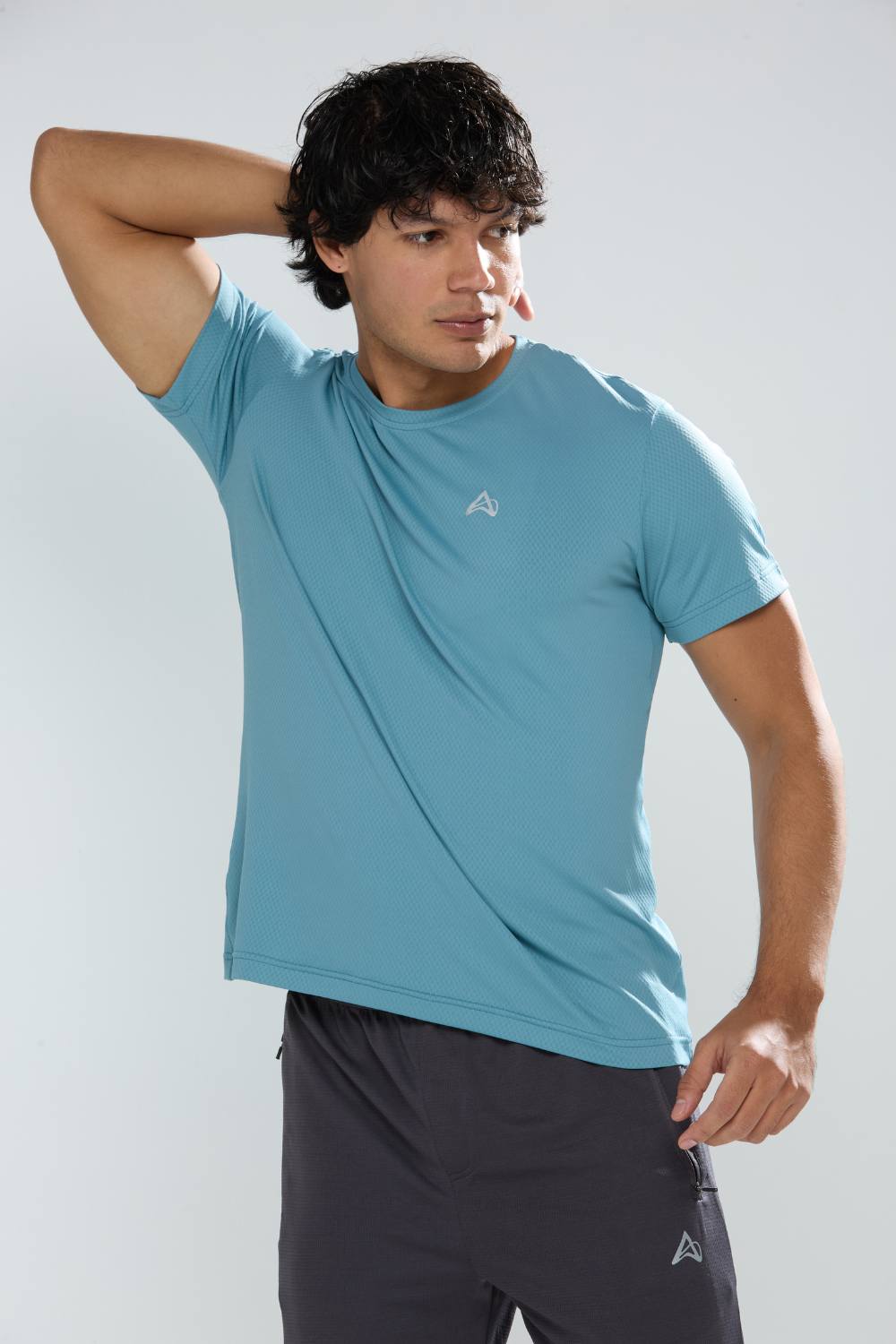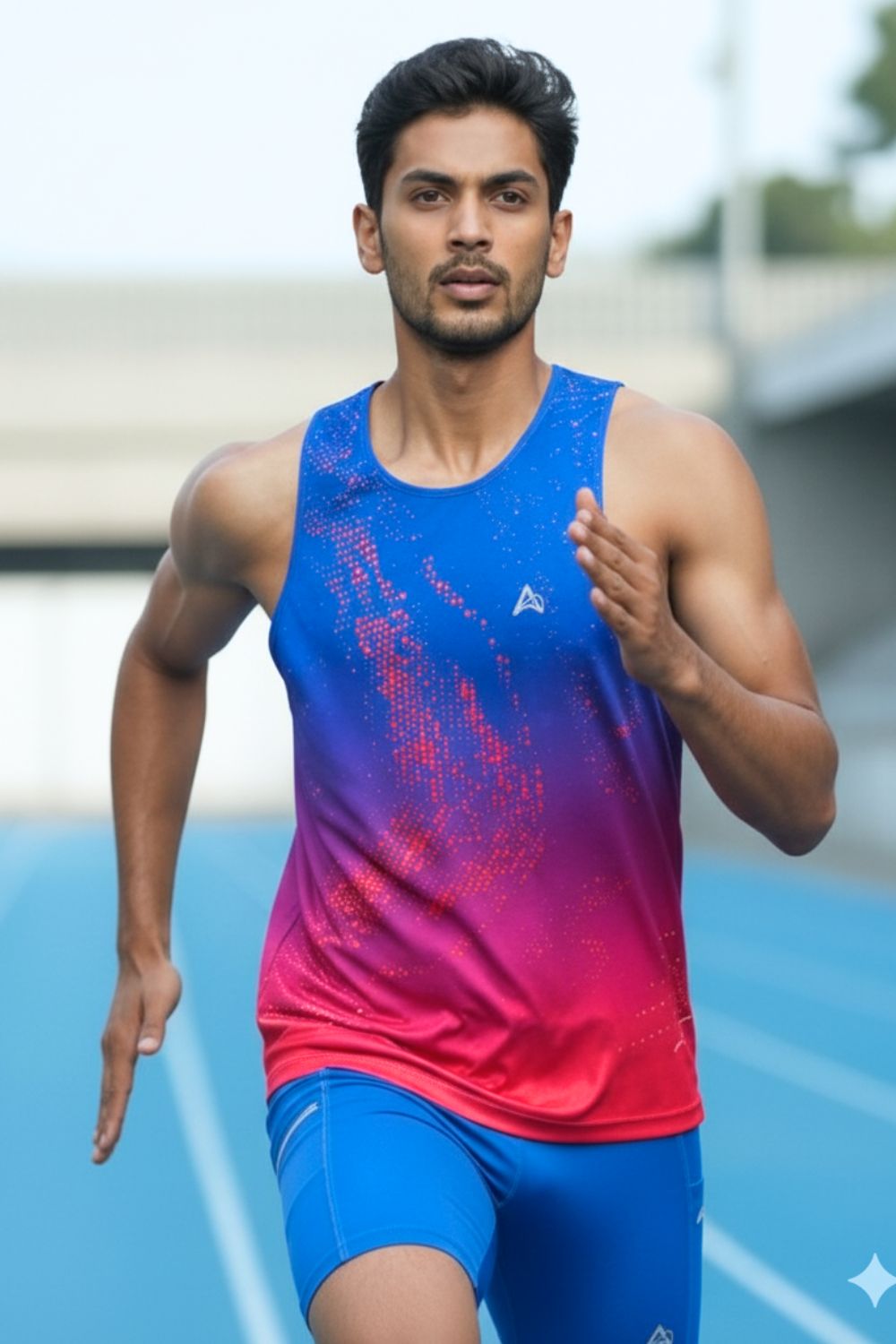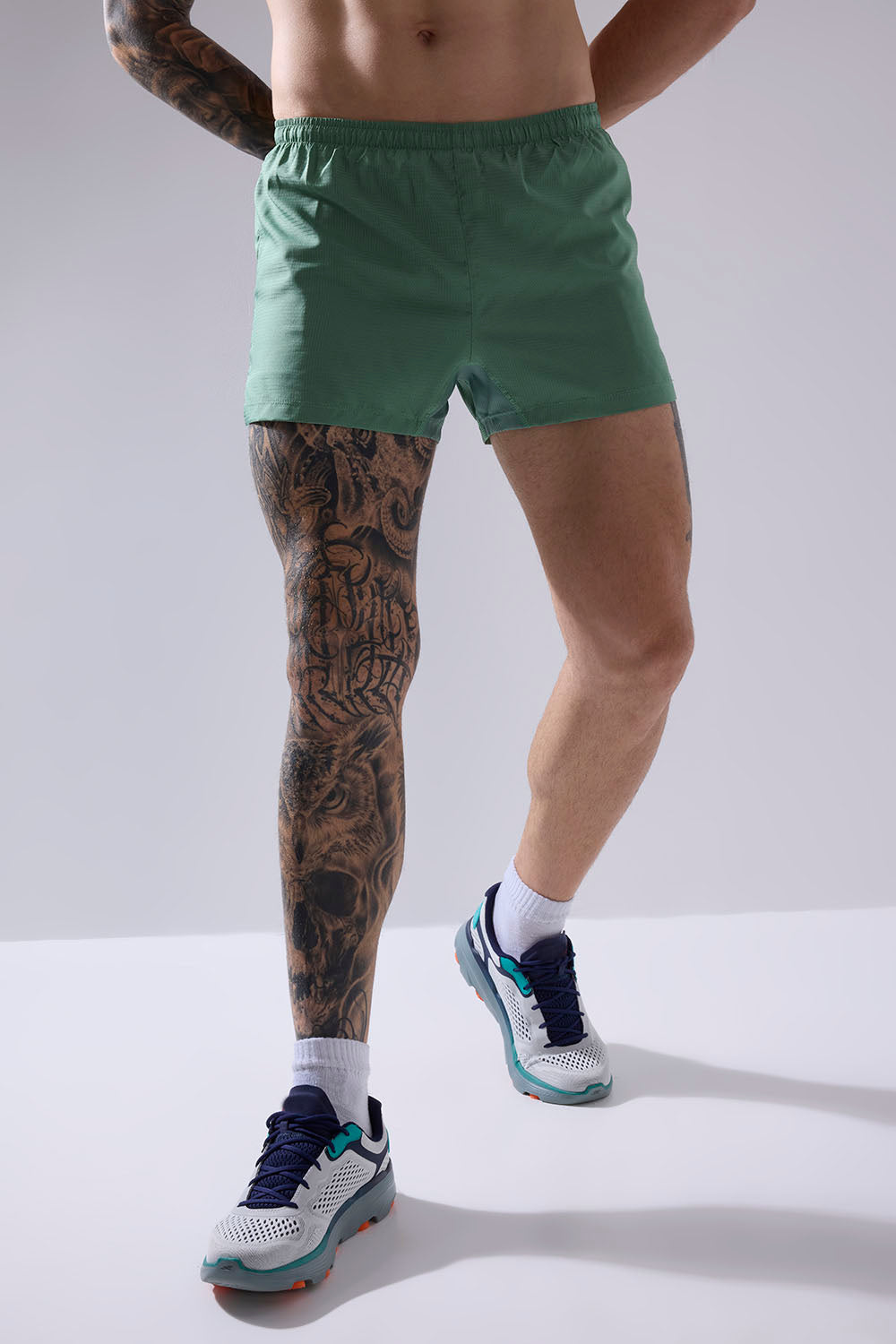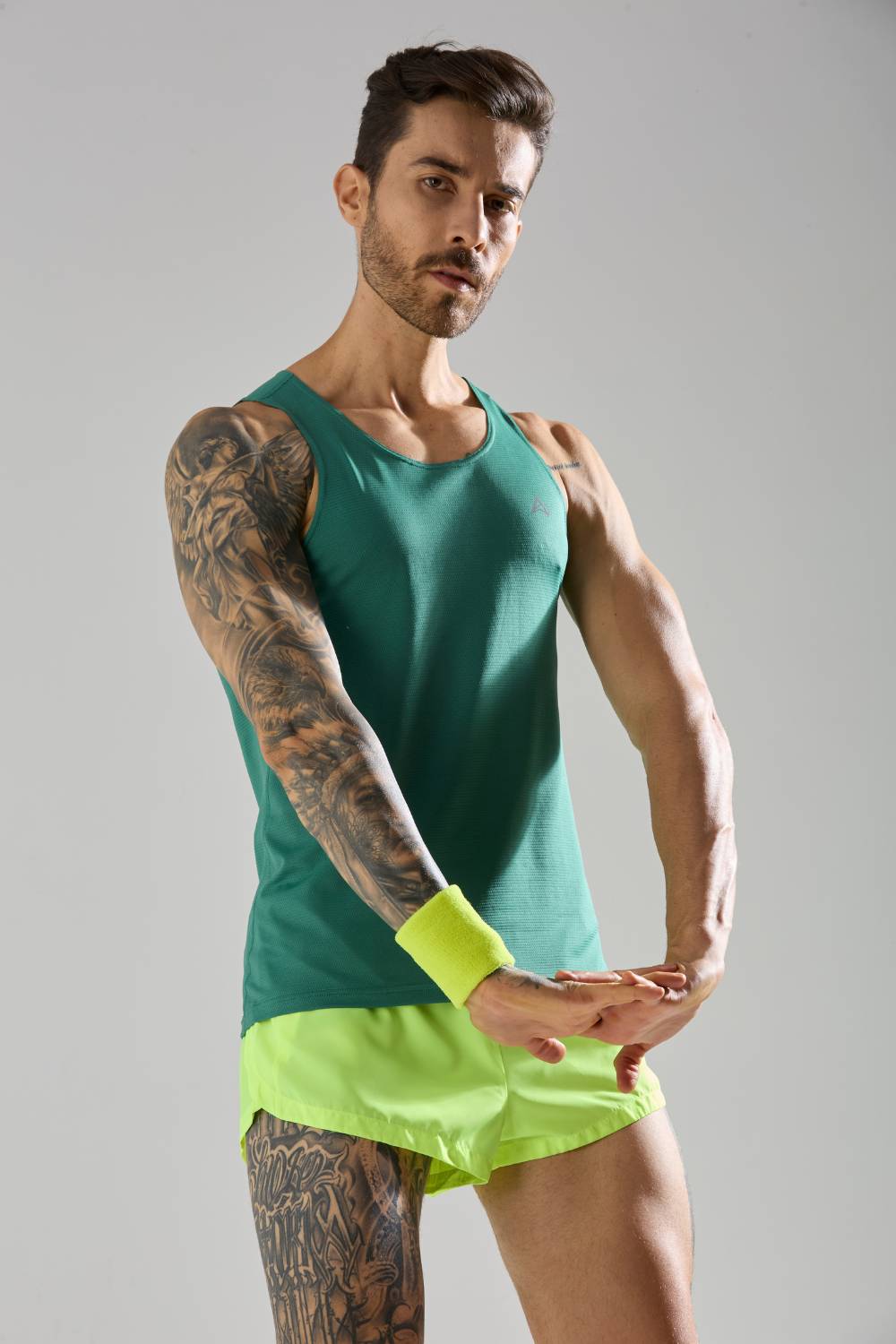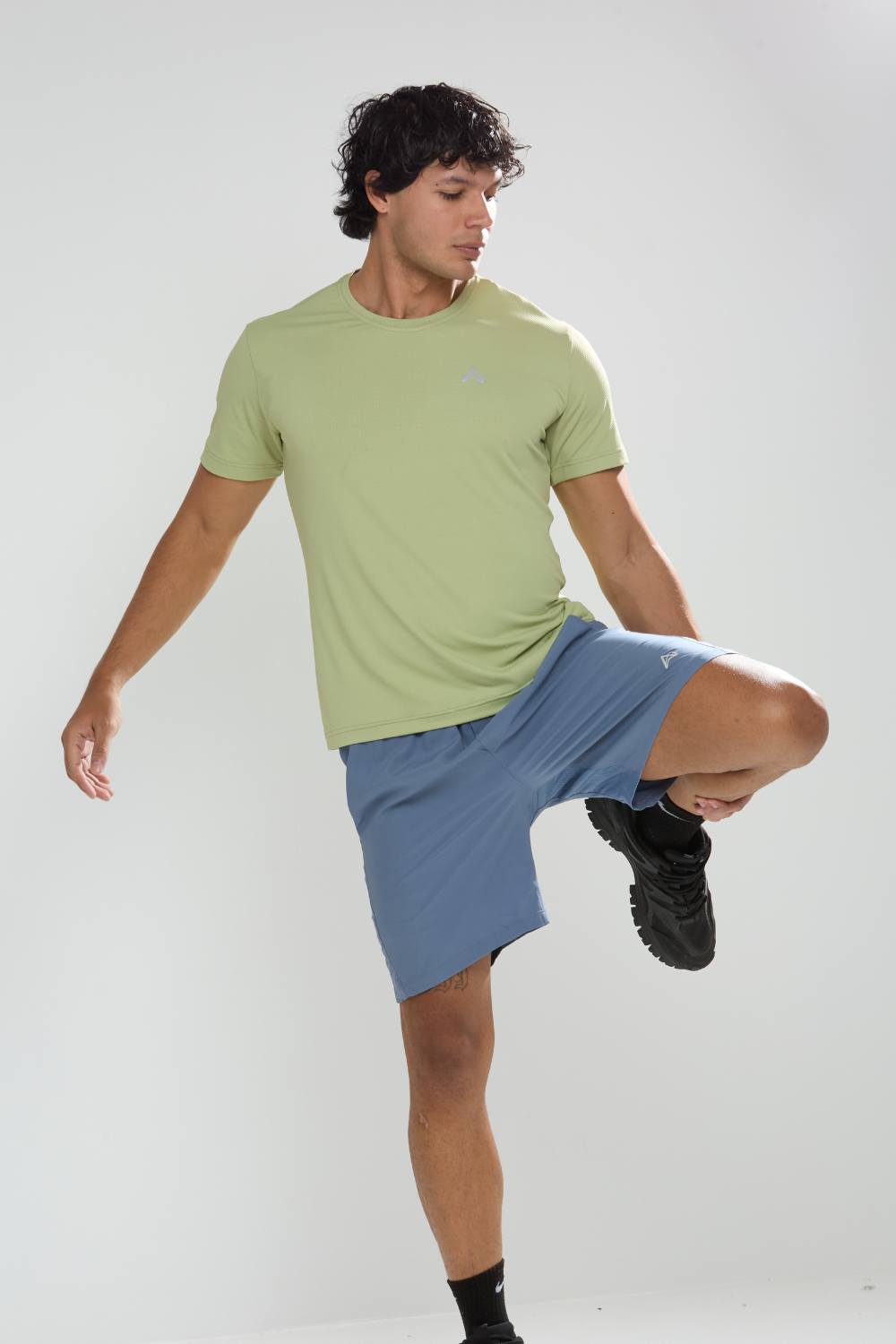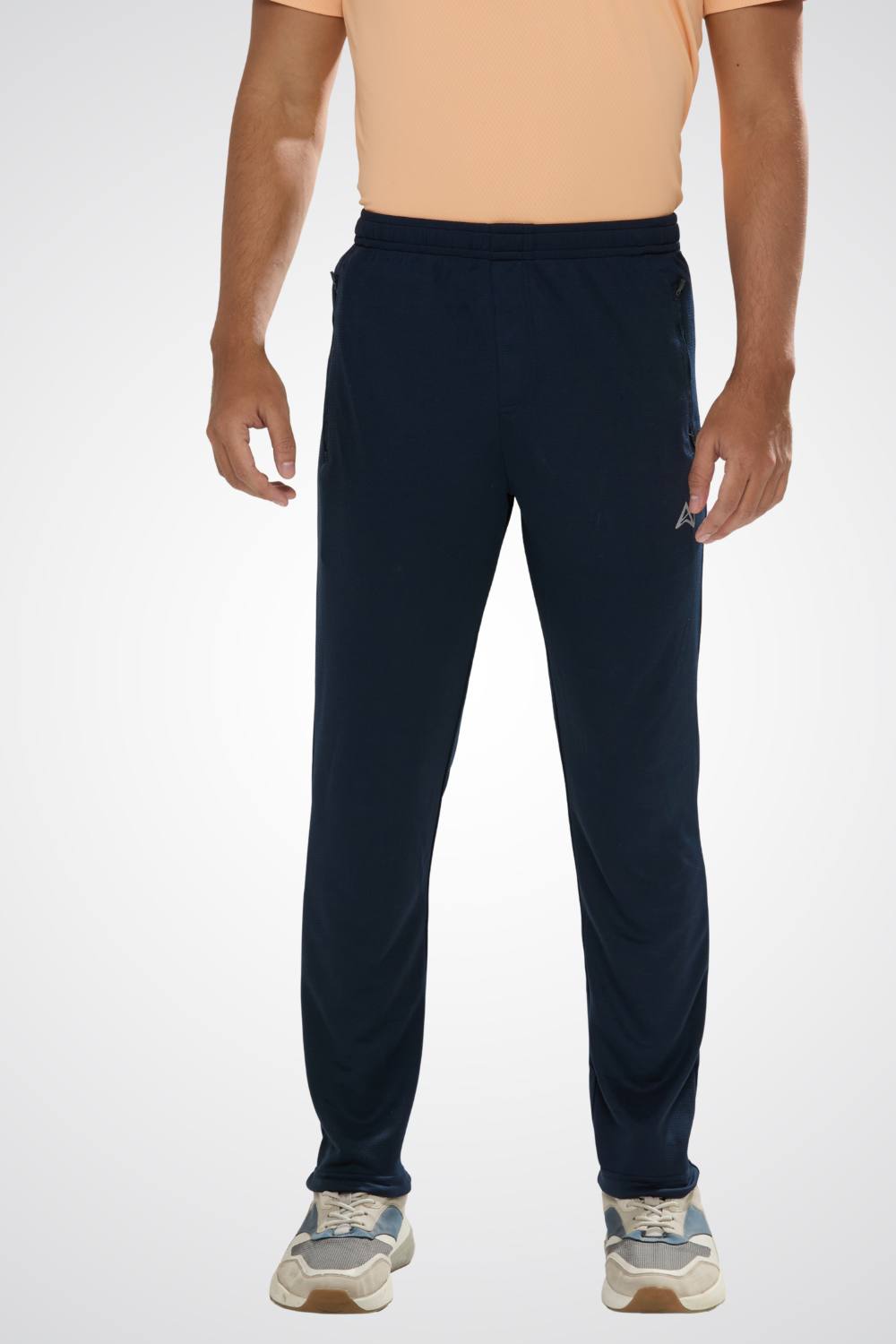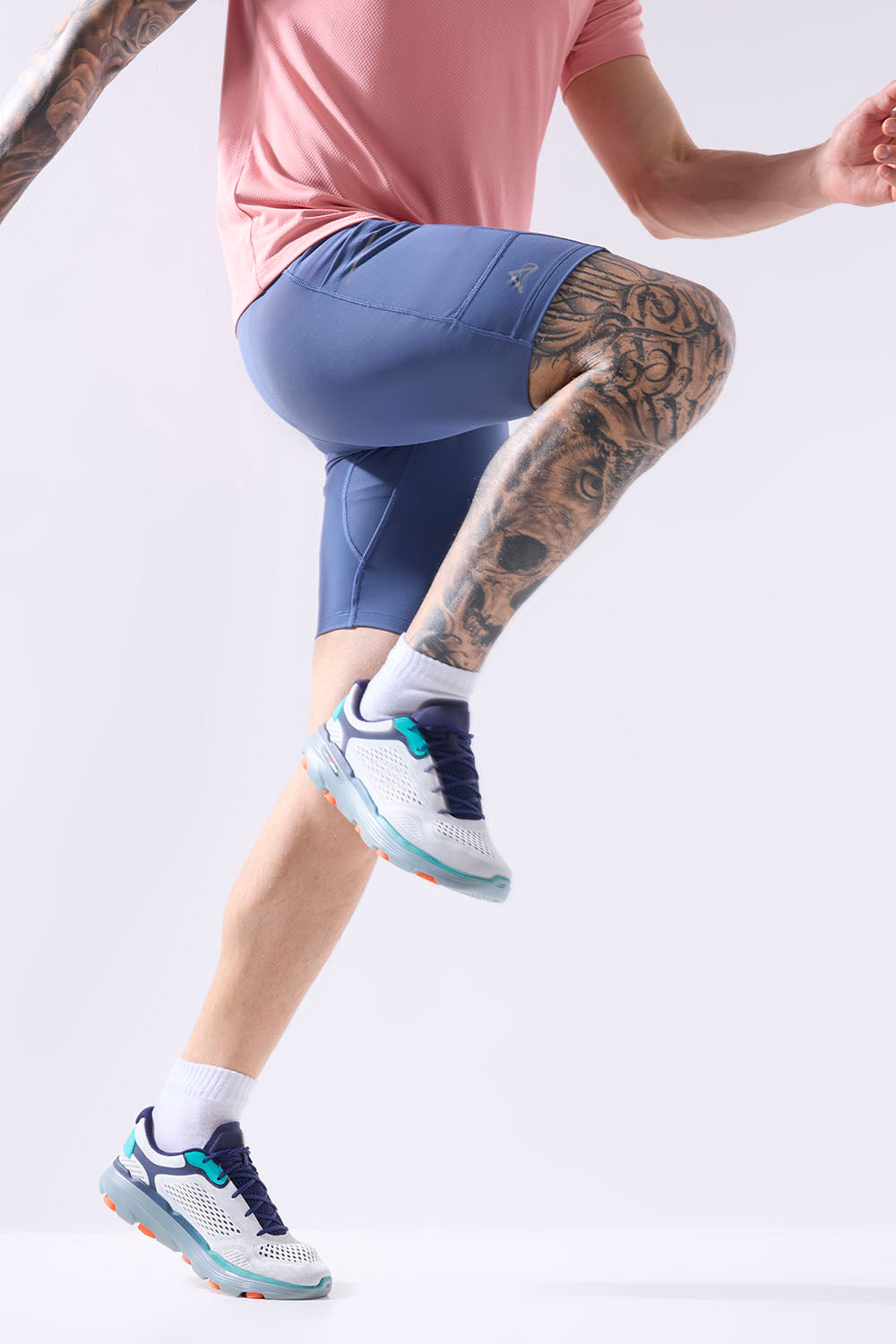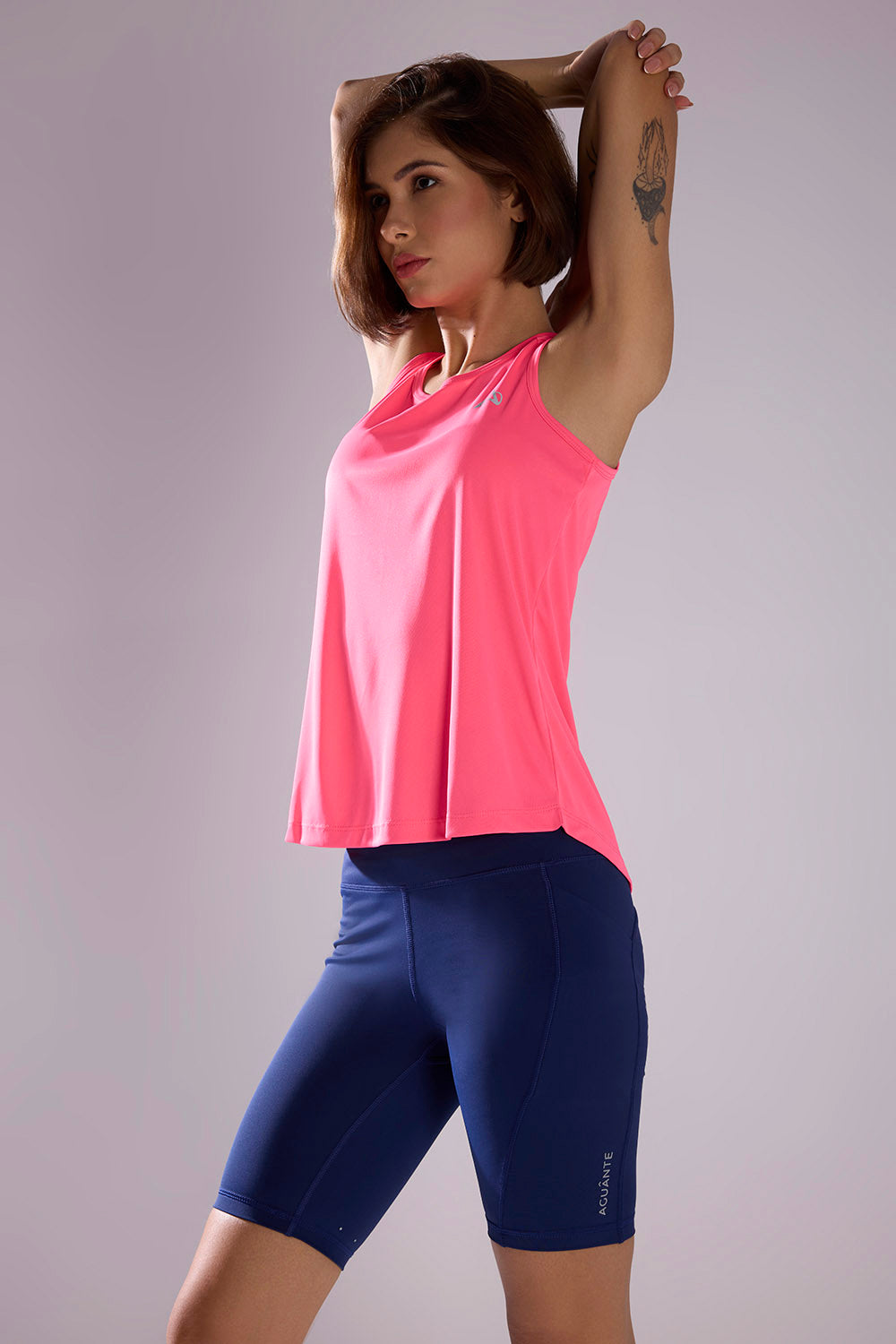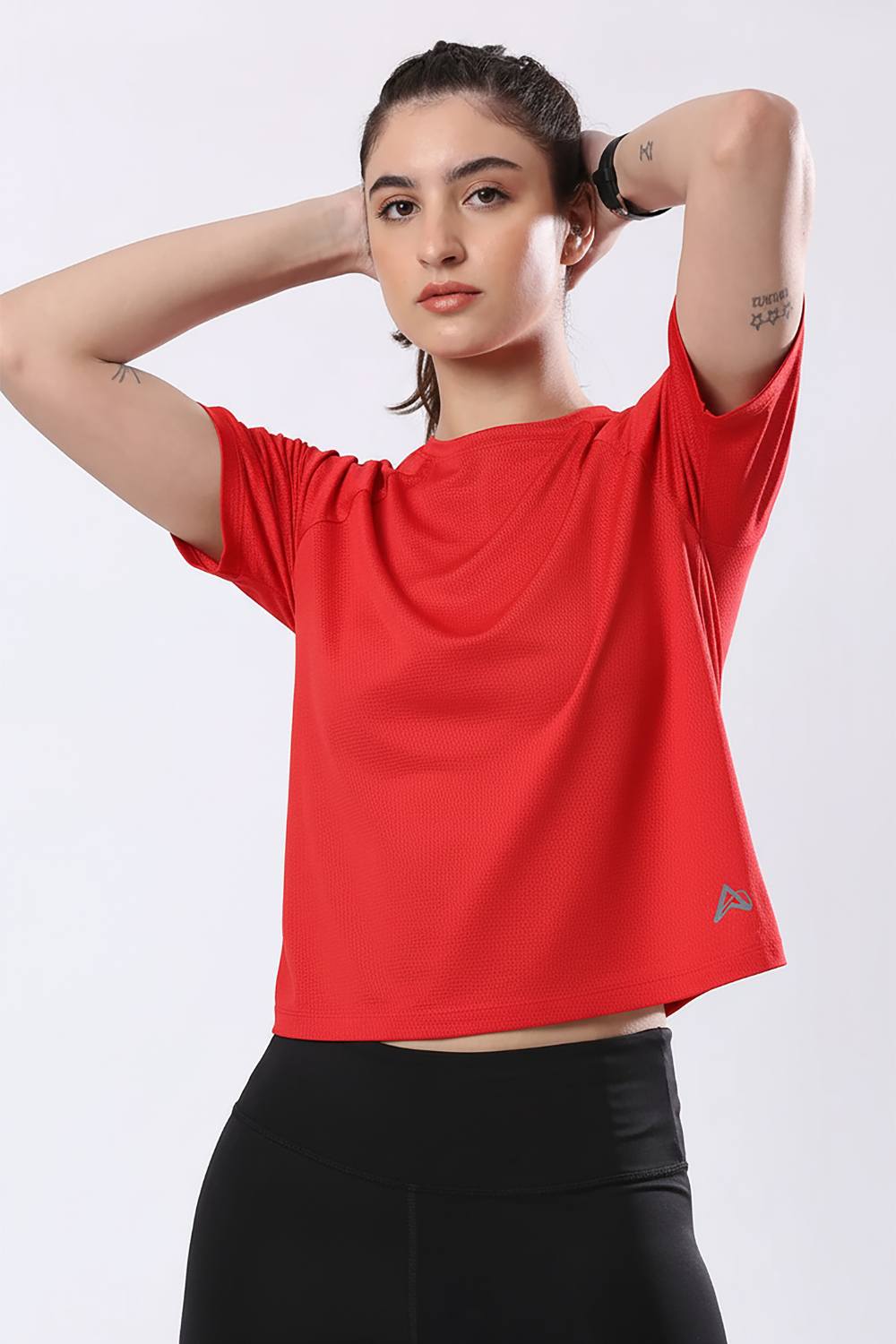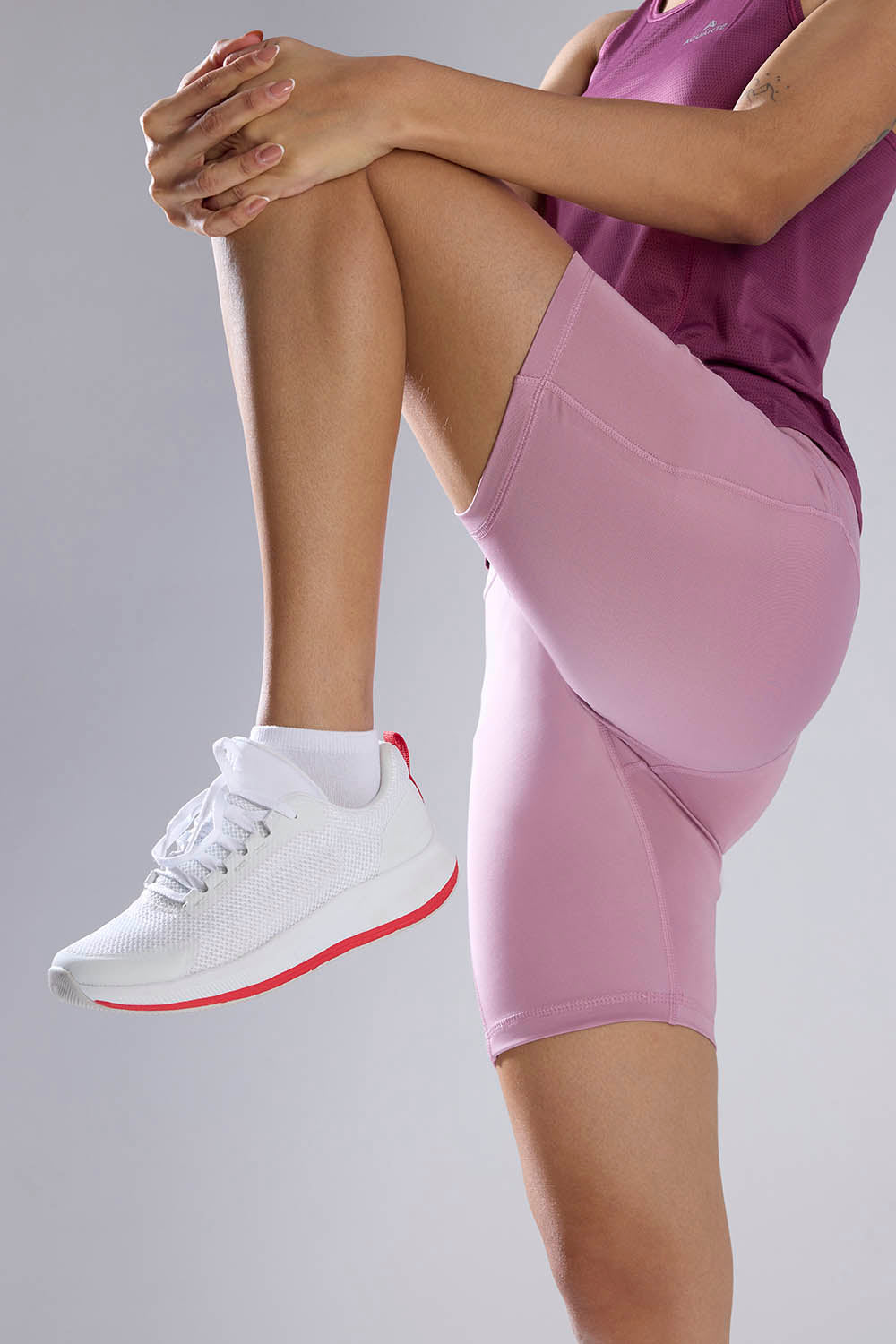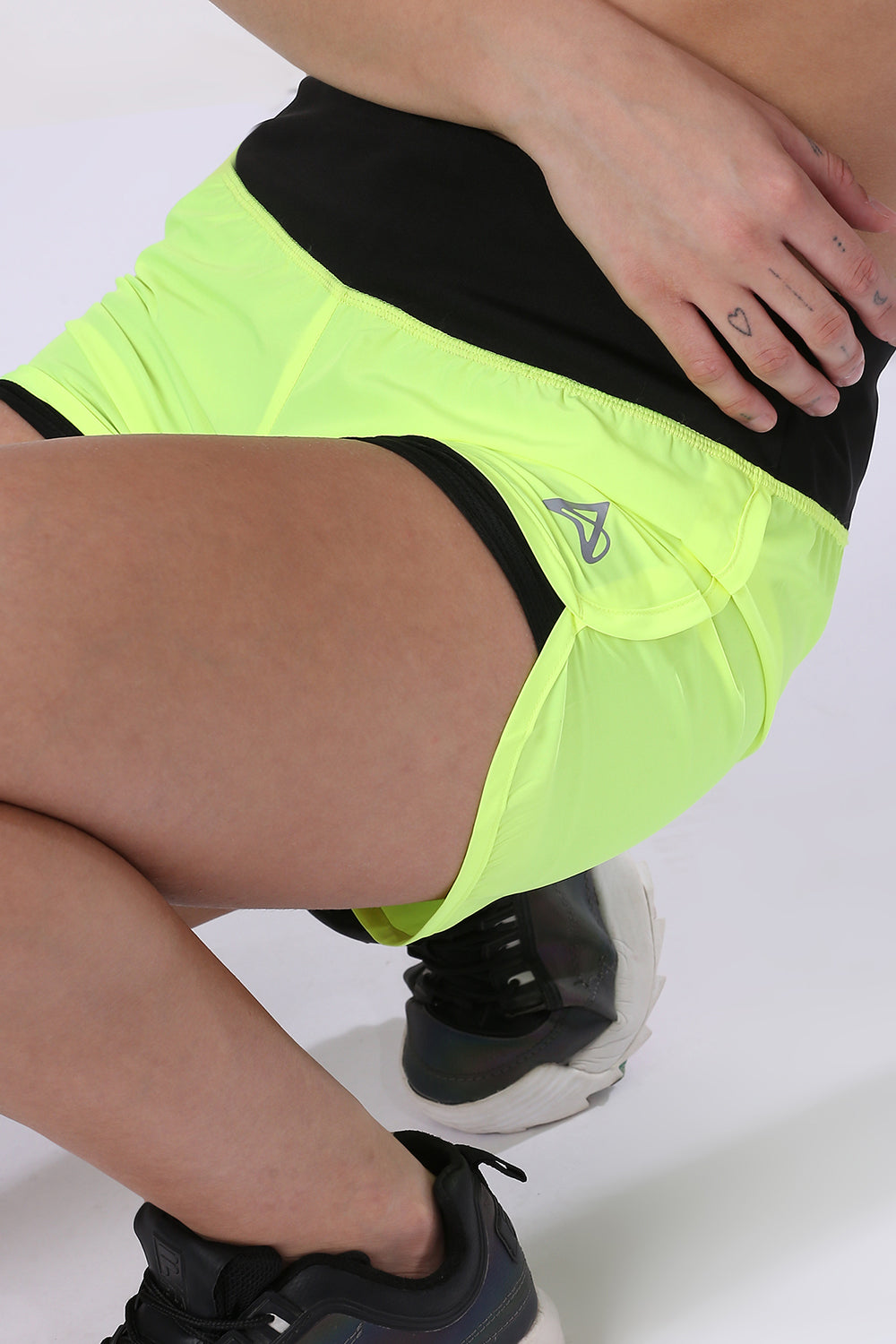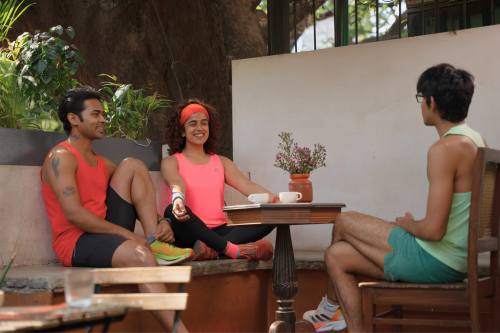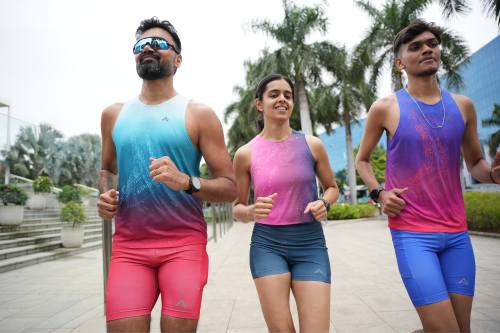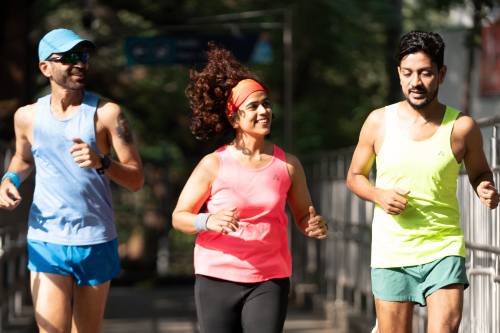In the vibrant streets of Bangalore, where tech innovators and fitness buffs mingle over filter coffee, a transformation is unfolding in the activewear industry. Gone are the days when sportswear was defined solely by bold designs and synthetic stretch. Today, a new benchmark is emerging: sustainability. From Surat's recycled polyester mills to Pune's labs crafting biodegradable elastane, India's fitness-wear sector is embracing circular fashion principles, designing apparel for durability, recyclability, and minimal environmental impact.
Tired of gear that slows you down? Chafing, soggy fabrics, and missing pockets kill your run's momentum. At Aguante, we're runners who get it. Our high-performance activewear features moisture-wicking fabrics, ergonomic designs, and smart storage to keep you focused. Shop Now!
Circular Design Reshapes India's Activewear Landscape
India's activewear market is a powerhouse, generating USD 15.1 billion in 2024 and projected to reach USD 29.97 billion by 2030, with a robust 12.2% CAGR. Women's activewear dominates, fueled by urban demand in Mumbai and Delhi for stylish, eco-conscious gear. Beyond the numbers lies a seismic shift: circular design, which prioritizes sustainable production and waste reduction, is becoming a cornerstone of India's sportswear industry.
Innovation hubs in Bangalore and Hyderabad are leading the charge. Designers are pioneering recycled polyester yarn, crafted from discarded plastic, and experimenting with bamboo-based fibers that wick moisture while biodegrading naturally. These efforts, supported by Hyderabad's National Institute of Fashion Technology (NIFT), reflect India's push toward a circular textile economy. A 2025 study highlights, small and medium enterprises struggle with adoption due to unclear metrics and insufficient frameworks, despite government policies promoting sustainability.
In Mumbai's textile mills and Pune's manufacturing units, mechanical recycling is transforming old leggings into new fabric. Surat, a textile hub, boasts ISO 14001 and GRS-certified facilities that recycle synthetic yarns, reducing reliance on virgin resources. These innovations align with global trends, where the circular fashion market, valued at USD 7.63 billion in 2025, is expected to grow to USD 13.94 billion by 2032, driven by recycling and sustainable practices.
Pioneers Driving Change
Step into a Bangalore design studio, and you'll see researchers from the Indian Institute of Science (IISc) developing dyes from agricultural byproducts, offering vibrant, eco-friendly alternatives to chemical-heavy processes. In Mumbai and Pune, exporters use AI to forecast demand, minimizing unsold inventory that often ends up in landfills. India produces 3.94 million tonnes of textile waste annually, with 48% recyclable if sorting improves, according to a textile waste report.
In Gurugram and Delhi, start-ups are adopting closed-loop systems, ensuring every fabric scrap is reused. Navi Mumbai and Bangalore are piloting take-back programs, encouraging consumers to return worn gear for recycling a response to the fast fashion surge that has driven overconsumption. Local policies bolster these efforts: the Maharashtra Pollution Control Board (MPCB) and Karnataka State Pollution Control Board (KSPCB) provide incentives for waste reduction, critical in a market where activewear sales hit USD 10.2 million in 2024 and are projected to reach USD 16.6 million by 2033, per market insights.
Challenges on the Horizon
Despite the progress, obstacles remain. In smaller cities near Surat and Hyderabad, collecting used garments is a logistical challenge, with manual sorting systems struggling to keep up. Separating elastane blends, essential for stretchy activewear, is technically complex. Pilot projects, like Matoha's FabriTell scanner and PICVISA's ECOSORT system, aim to streamline sorting, but scaling these technologies is expensive, as noted in the textile waste report.
Cost is another hurdle. Recycled yarn production costs 15–25% more than virgin materials, per Textile Exchange India's 2024 data, straining budgets for small brands in Ahmedabad and Pune. Consumer behavior also lags: a 2024 Retailers Association of India survey in Mumbai found that while 68% of urban consumers are interested in sustainable activewear, only 40% purchase it regularly. Awareness campaigns in Delhi and Gurugram aim to bridge this gap, but shifting habits is a slow process.
Opportunities for Growth
Yet, the potential is vast. Bangalore and Pune start-ups are leveraging their eco-friendly credentials to attract Gen Z athletes, who prioritize sustainability. Government support is accelerating this shift. The Ministry of Textile's PM MITRA Parks in Gujarat and Maharashtra offer green-tech subsidies, while Delhi's National Textile Mission focuses on fiber recycling. These initiatives could boost India's activewear exports by ₹3,500–₹5,000 crore by 2030, with Surat, Mumbai, and Bangalore at the forefront.
Technology plays a pivotal role. Gurugram firms are testing blockchain to trace materials from production to recycling, ensuring transparency. AI-driven design tools predict product durability, minimizing waste. These advancements align with global trends, where circular fashion encompassing recycling, renting, and secondhand trading is set to nearly double by 2032, offering a roadmap for India's ambitions.
A Sustainable Finish Line
India's activewear industry is racing toward a circular future, with cities like Bangalore, Mumbai, and Surat leading the way. Experts from NIFT Mumbai and IIM Bangalore predict that recyclable apparel could dominate within five to seven years. This transformation hinges on collaboration: designers crafting modular gear, recyclers transforming old fabrics, and consumers in Delhi and Gurugram choosing sustainable options. In a nation where clothing reflects identity, as noted in the fast fashion surge study, India's activewear sector is weaving a bold, sustainable legacy one that promises performance without compromising the planet.
Frequently Asked Questions
How is technology helping India's activewear brands become more sustainable?
Indian activewear companies are leveraging AI to forecast demand and minimize unsold inventory that would otherwise end up in landfills, while blockchain technology is being tested in cities like Gurugram to trace materials from production through recycling for complete transparency. AI-driven design tools are also helping predict product durability to reduce waste. Additionally, advanced sorting technologies like Matoha's FabriTell scanner and PICVISA's ECOSORT system are being piloted to streamline the recycling process, though scaling these innovations remains cost-intensive for the industry.
What are the main challenges facing circular fashion adoption in India's activewear sector?
The primary challenges include higher production costs, with recycled yarn costing 15–25% more than virgin materials, which strains budgets for smaller brands. Logistical issues like collecting and sorting used garments remain difficult, especially in smaller cities, and separating elastane blends required for stretchy activewear is technically complex. Additionally, while 68% of urban Indian consumers express interest in sustainable activewear, only 40% purchase it regularly, indicating a gap between awareness and actual buying behavior that requires targeted education campaigns.
What is circular design in activewear and why is it important for India's fitness industry?
Circular design in activewear prioritizes sustainability by creating products designed for durability, recyclability, and minimal environmental impact. In India's rapidly growing activewear market—projected to reach USD 29.97 billion by 2030—this approach is becoming essential as brands shift from traditional synthetic materials to recycled polyester, biodegradable elastane, and bamboo-based fibers. Cities like Bangalore, Surat, and Pune are leading this transformation, with innovation hubs developing eco-friendly alternatives that reduce textile waste while meeting consumer demand for sustainable fitness gear.
Disclaimer: The above helpful resources content contains personal opinions and experiences. The information provided is for general knowledge and does not constitute professional advice.
You may also be interested in: The Role of Lightweight Activewear in Improving Running Times
Tired of gear that slows you down? Chafing, soggy fabrics, and missing pockets kill your run's momentum. At Aguante, we're runners who get it. Our high-performance activewear features moisture-wicking fabrics, ergonomic designs, and smart storage to keep you focused. Shop Now!
Powered by flareAI.co


